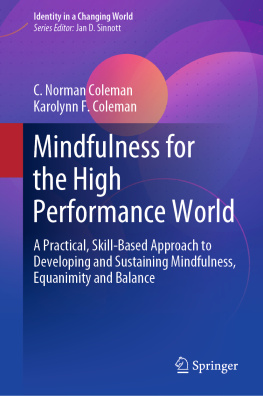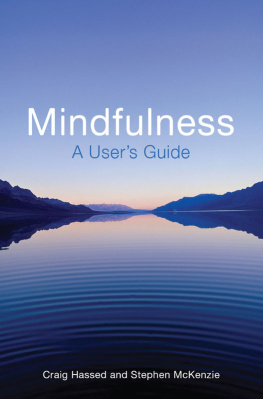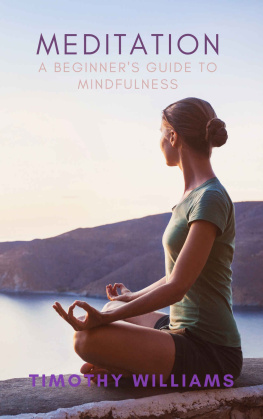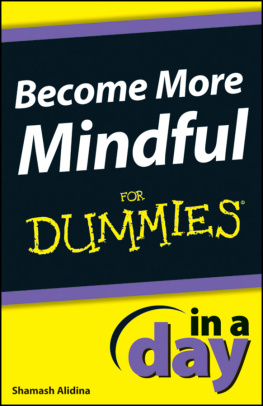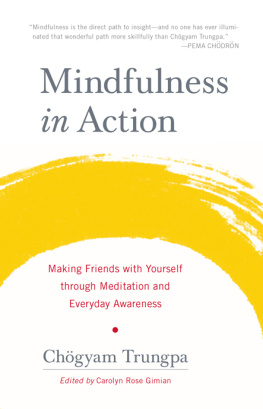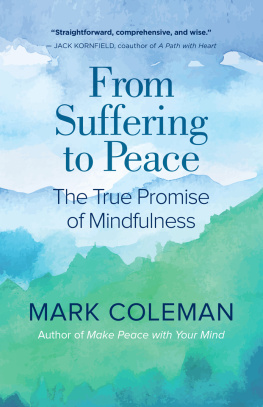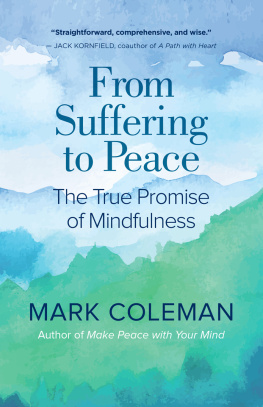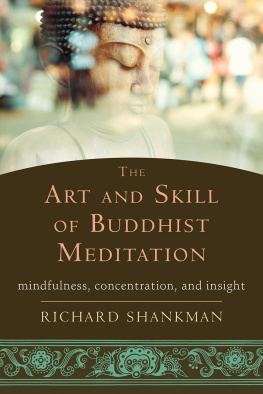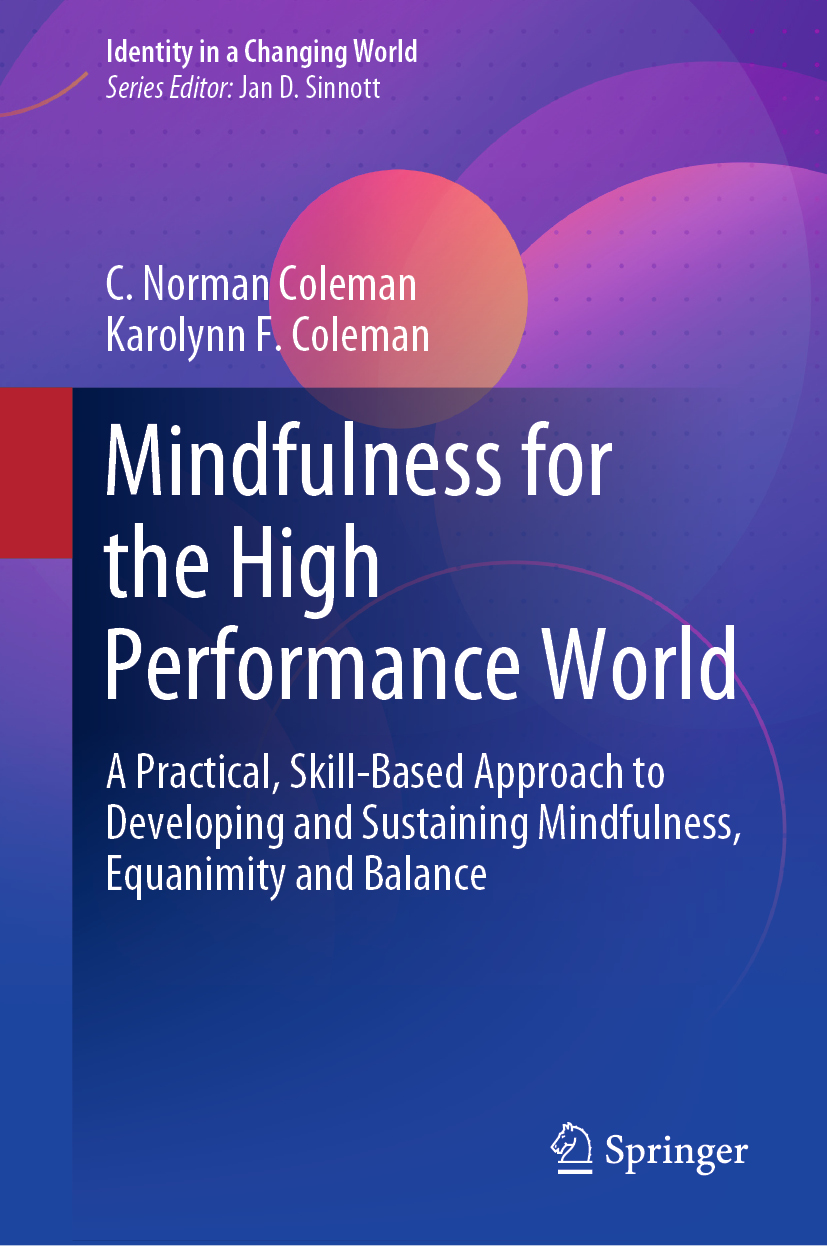Identity in a Changing World
Series Editor
Jan D. Sinnott
Psychology Department, Towson University, Towson, MD, USA
The Identity in a Changing World book series explores the many facets of adult identity in a complex, global, rapidly changing, individual and social landscape and seeks to offer guidance on surviving and thriving in these changing environments. While humanity has always faced unparalleled (for that time) changes that impact identity, never before have information and interactions come at the current pace. This may include changes and demands in the conception of self, changes and demands coming from the local, national and global environment, and changes and demands from rapidly changing ideals and values. Contributors to the series come to it from many directions of scholarship and application, in an attempt to elucidate the many ways human psychology influences, among other things, politics, economics, values, ideals, relationships, selfhood, culture, and institutions. These explorations will culminate in suggestions for ways to mitigate the individual problems and distortions coming from a culture of rapid and confusing change. This series serves a general readership and college level students, as well as readers in many fields including researchers, practitioners, psychologists, educators, sociologists, political scientists, business administrators, philosophers, international relations experts, medical practitioners, and conflict specialists.
More information about this series at http://www.springer.com/series/15966
C. Norman Coleman and Karolynn F. Coleman
Mindfulness for the High Performance World A Practical, Skill-Based Approach to Developing and Sustaining Mindfulness, Equanimity and Balance
C. Norman Coleman
International Cancer Expert Corps, Inc., Chevy Chase, MD, USA
Karolynn F. Coleman
Private Practice, Chevy Chase, MD, USA
ISSN 2523-7802 e-ISSN 2523-7810
Identity in a Changing World
ISBN 978-3-030-18581-7 e-ISBN 978-3-030-18582-4
https://doi.org/10.1007/978-3-030-18582-4
Springer Nature Switzerland AG 2019
This work is subject to copyright. All rights are reserved by the Publisher, whether the whole or part of the material is concerned, specifically the rights of translation, reprinting, reuse of illustrations, recitation, broadcasting, reproduction on microfilms or in any other physical way, and transmission or information storage and retrieval, electronic adaptation, computer software, or by similar or dissimilar methodology now known or hereafter developed.
The use of general descriptive names, registered names, trademarks, service marks, etc. in this publication does not imply, even in the absence of a specific statement, that such names are exempt from the relevant protective laws and regulations and therefore free for general use.
The publisher, the authors and the editors are safe to assume that the advice and information in this book are believed to be true and accurate at the date of publication. Neither the publisher nor the authors or the editors give a warranty, expressed or implied, with respect to the material contained herein or for any errors or omissions that may have been made. The publisher remains neutral with regard to jurisdictional claims in published maps and institutional affiliations.
This Springer imprint is published by the registered company Springer Nature Switzerland AG
The registered company address is: Gewerbestrasse 11, 6330 Cham, Switzerland
Acknowledgements
We wish to thank our family, colleagues, friends, and patients/clients for what they have taught us by their words, actions, deeds, and experience. We thank Roop Jyoti who demonstrated that one can change ones mindset dramatically for the better and by doing so improve life for so many others. Roops persistence encouraged us to take the course which taught us that we could become aware of aspects of our minds of which were previously not within our awareness. We thank our team of readers for their critique and feedback of the book. Special thanks go to Jackie Wehmueller an editor, consultant and friend from JHU Press, and David Kramer for his editorial assistance and advice. We especially thank our children Gabrielle and Keith and our daughter-in-law Vanessa for being wonderful people and, indeed, great role models and teachers.
The contents of this book are our personal opinions and are not related to the institutions in which we work or have worked. The approach to mindfulness is our construct to facilitate learning mindfulness as a skill using a systematic approach. There is a wide range of approaches available to learning mindfulness and meditation, usually facilitated by teachers and possibly accompanied by counselors and therapists, which should be continued as appropriate.
Graphics
Erina He, graphic design expert who works for the National Institutes of Health, has, as a colleague and friend outside her NIH position, redrawn and improved the quality of the initial PowerPoint charts.
Introduction
If we do not change our direction, we are likely to end up where we are headed.
Chinese Proverb
We must become the change we want to see.
Mahatma Gandhi
There is a Better Way
Life in todays high performance world has been called madness. Deadlines, expectations, pace, endless, and rapid multimedia input. There is the disorientation in that truth no longer matters to some who fill the airways. 24/7/365. Pressure, competition, and endless swirling of the mind with a parade of thoughts, some fleeting and others that dont seem to ever stop. These often include planning, replaying past events, and living events that havent even happened or may never happen. Out of control? Well, not necessarily. There is a way to bring the mind into your own control and return perspective, balance, insight, awareness, equanimity, and clarity. And, it isnt as hard or complex as it might seem. Change, perhaps beyond what many imagine possible, does occur. And it can be accomplished while living well and functioning effectively within the high performance world. We wrote this book to help you do so. Getting to this point was a long journey for us but with the new knowledge that has come from linking philosophical concepts from the past with scientific discovery of today, we believe that there is a shorter systematic and practical way forward, with effort and a bit of a blueprint.
The New Approach
We present a new approach to learning the skill of mindfulness based on a technique of using Sentinel Sites through which to observe thoughts. We explain how to attain deepening Levels of Awareness so that one can understand what the mind is doing and be able to control thoughts and actions in the short but observable interval between a thought and an action thereby improving life for you and others with whom you interact.
If we understood four decades ago what we know now, we would have changed then. Back then, things like a mind-body connection were on the fringe of conventional medicine. Eastern philosophy sounded like mumbo-jumbo and those who followed it often left their families and lives for years to a remote location and/or to follow a guru. Many people used so-called mind-expanding drugs to try to reach some not-too-well-described goal of enlightenment and the results were often quite damaging. In 1974, we did indeed see and experience Eastern philosophy and culture when we spent 10 months traveling around the world on a trip sparked by our interest in mountaineering and trekking. As avid backpackers and entry-level rock climbers, the books we read on Mt. Everest expeditions built a mystique about Nepal and the Sherpa people. Since it was impossible to do the 5-week Mountain Travel Mt. Everest trek when one only had three weeks of annual vacation, we took the entire year off from our formal career paths and received an education that profoundly changed our lives and perspectives. While we went to see places, what we learned most about were people and cultures.

